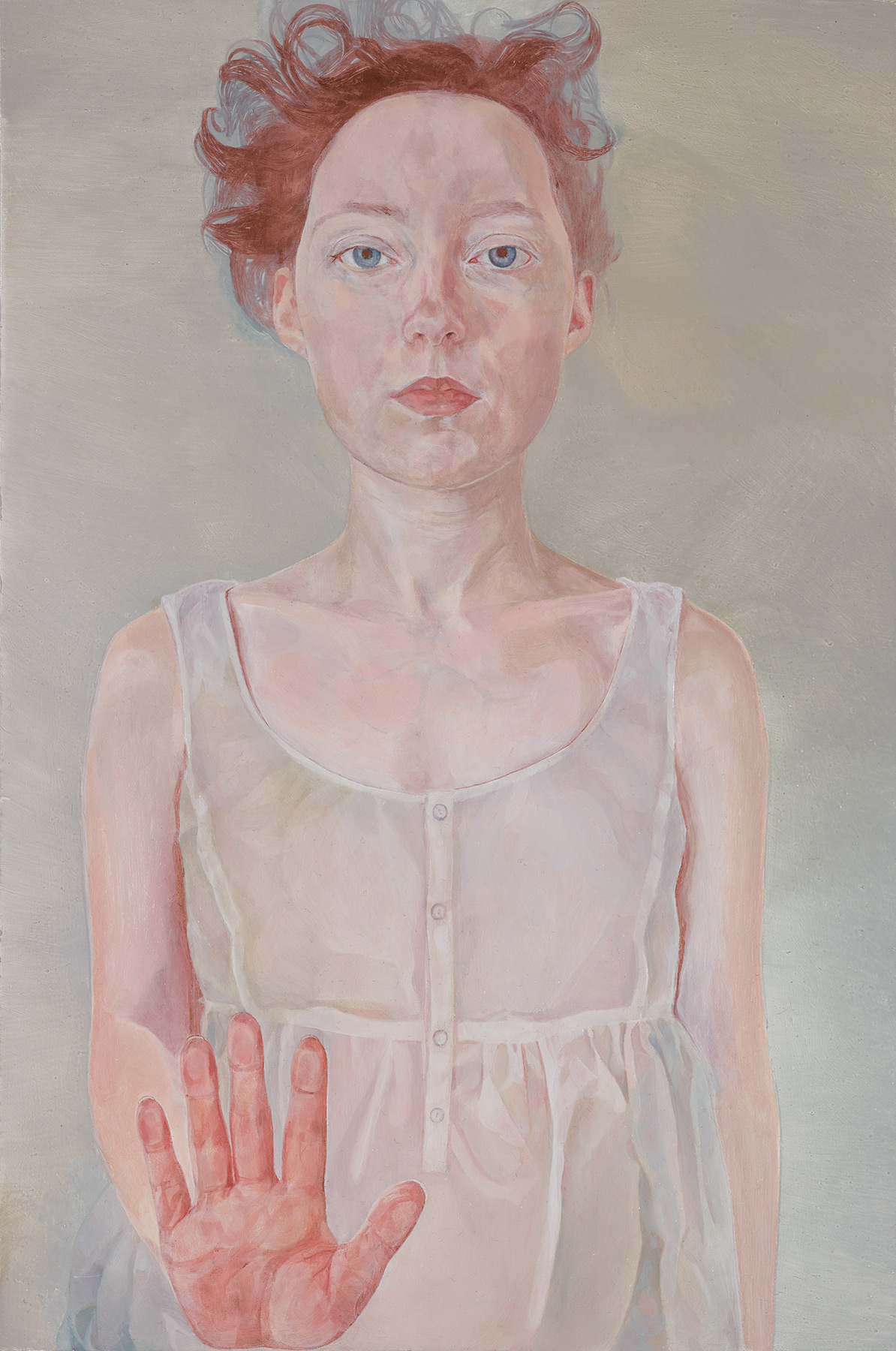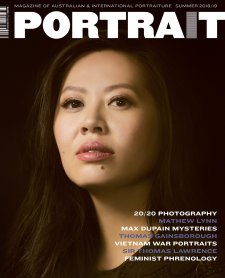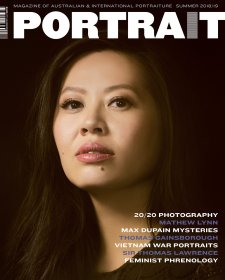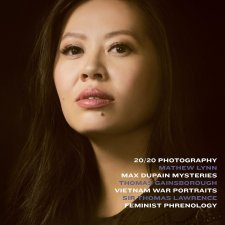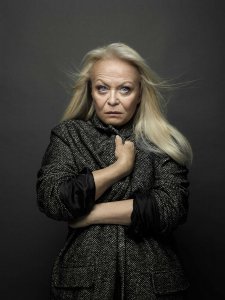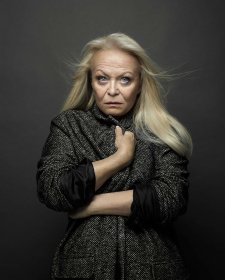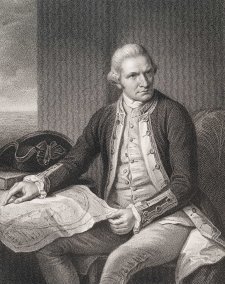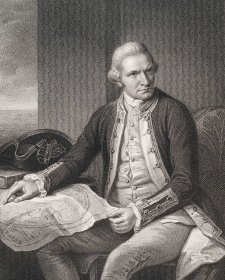My practice has always been driven by my experimental curiosity, from heavy wax and resin bodies generated in flame, to delicate temporal works that explore the conductive and alchemical possibilities of copper.
My fascination with the human form has served as an effective means for rendering complex ideas into something simple, empathetic and intensely human – specifically, ideas pertaining to the subjective experience of space and time. This stems from the fact that the infinitesimal movements of the face can be ‘read’. For me, it’s a fundamental form of language that enables one mind to empathetically guess at the nature of another.
At first I was interested solely in how the face records the passage of time, like an organic timepiece. I endeavoured to transfix the embedded language of lines drawn from older subjects’ faces into wax and resin, as though I could preserve the memory of their recorded experiences within a material that, in its smooth tactility, resembled flesh. I began to appreciate the way a face mirrored the nature of a painting. Both are ultimately the physical residue of a human mind layered with many inherited forms – in the case of the former, drawn from genetics, and the latter from art history. These paintings are ultimately an embodiment of my attempt to come to terms with the recent loss of my grandparents.
More recently I turned to the self-portrait, as this subject explicitly mirrors the self-revealing nature of painting. In working from life, every observed brush stroke documents the vulnerable experience of being present within time’s relentless passage. I developed a process that relinquished control over the stability of each mark, as the raw pigments I selected and mixed in oil reacted to the copper support before eventually setting. Hence, the ephemerality of my subject was mirrored in its material manifestation.
Unexpectedly, this work enabled me to deconstruct the relationship between my external and internal self. My appearance was suddenly mediated by my internal perception, which generated the painting. As a result, these works are the embodiment of a self newly reconciled with its physical reality, reaching out from within this isolated state of being within space and time, to be felt by the mind of another.
